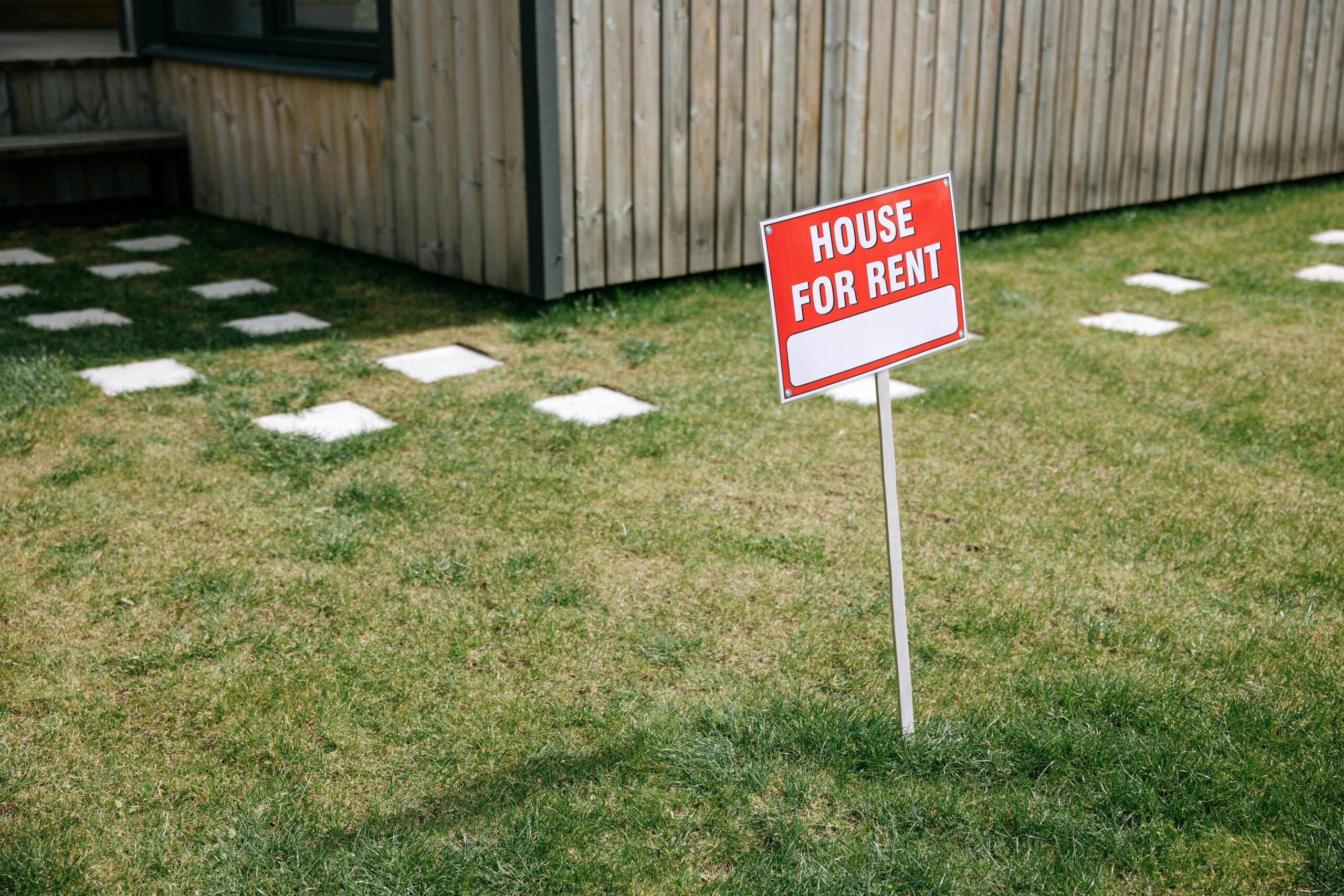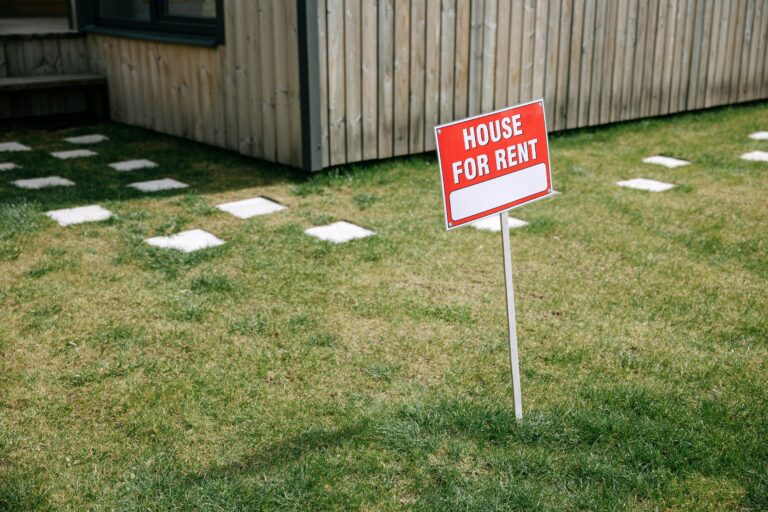
In recent years, the rise of institutional landlords, large investment firms, real estate trusts, and hedge funds has reshaped the American housing market. These powerful entities, once focused mainly on commercial properties and high-rise condos, have increasingly turned their attention to single-family homes in suburban and even rural neighborhoods. After a brief slowdown in purchases due to rising interest rates and economic uncertainty, there are signs that institutional landlords may once again be ramping up their activity. This raises an urgent question for homeowners, renters, and policymakers alike: Are institutional landlords buying up your neighborhood again?
A Look Back: The Rise of Institutional Landlords
The 2008 housing crash created a unique opportunity for institutional investors. As millions of homes fell into foreclosure, prices plummeted, and average homebuyers were either unable or unwilling to re-enter the market. Sensing an opportunity, major investment firms like Blackstone, Invitation Homes, and American Homes 4 Rent began buying thousands of homes, often in cash, at rock-bottom prices.
These investors didn’t just flip homes; they converted them into long-term rental properties, creating a new class of landlord. By 2013, institutional investors owned around 300,000 single-family homes. The result was a shift in neighborhood dynamics: homes that were once owned by families became long-term rentals managed by faceless corporations.
The COVID-19 Boom and Slowdown
The COVID-19 pandemic initially froze the market, but it soon ignited an unexpected housing boom. Rock-bottom interest rates, remote work, and a desire for more space pushed home prices higher than ever. Institutional investors, flush with capital and sensing long-term gains, returned with force.
However, as inflation rose and the Federal Reserve began aggressively hiking interest rates in 2022 and 2023, many institutional buyers paused acquisitions. Financing deals became more expensive, and the yield on rental income was less attractive. This offered a brief reprieve to homebuyers and communities worried about being priced out by Wall Street.
2024-2025: Are They Coming Back?
Fast forward to mid-2025, and the landscape is shifting once again. Interest rates have begun to stabilize, and institutional investors, who never fully exited the market, are regrouping with a more targeted strategy. Instead of buying en masse in major cities, they’re increasingly zeroing in on Sunbelt states like Texas, Florida, Georgia, Arizona, and North Carolina. These areas offer population growth, affordable housing stock (compared to coastal cities), and strong rental demand.
Reports indicate that funds specifically targeting single-family rentals (SFR) are once again raising billions. Investment groups such as Tricon Residential and Pretium Partners are increasing their acquisitions in suburban areas, often bidding above market price and paying in cash making it difficult for first-time homebuyers to compete.
So yes, institutional landlords may be coming back, and they may already be buying up homes in your neighborhood.
Why Are They Buying Now?
Several factors are driving the renewed interest in single-family homes:
-
Long-Term Rental Demand: Millennials, now in their 30s and 40s, are seeking family-sized homes but are often priced out of buying. Many prefer the flexibility of renting, and institutional landlords are banking on this trend continuing.
-
Remote and Hybrid Work: More Americans are living further from city centers. Suburban homes with space and home offices are increasingly attractive rental investments.
-
Tight Inventory: With limited new construction and existing homeowners reluctant to sell (many locked into low mortgage rates), institutional buyers are stepping in to fill the gap in the rental market.
-
Data-Driven Buying: These firms use advanced algorithms and big data to identify undervalued areas poised for growth, often scooping up homes before they even hit the MLS.
Impact on Communities
The re-emergence of institutional landlords has sparked concern in many quarters, and for good reason. Their growing footprint can affect neighborhoods in several ways:
-
Rising Home Prices: All-cash offers and above-market bids can inflate prices, making it harder for individuals and families to compete.
-
Limited Housing Supply: When investors convert homes into rentals, it reduces the number of properties available to owner-occupants.
-
Rental Hikes and Fees: Institutional landlords are often criticized for aggressive rent increases, lack of responsiveness to maintenance issues, and adding hidden fees.
-
Weakened Community Ties: Long-term renters may be less likely to invest in local schools, associations, or improvement projects than homeowners, which can erode community cohesion over time.
What Can Be Done?
The growing influence of institutional landlords has sparked debates in city councils, state legislatures, and even the halls of Congress. While the free market allows investment, critics argue that housing should be treated as a basic human need, not just a financial asset.
Some possible approaches to addressing the issue include:
-
Limiting Bulk Purchases: Some jurisdictions are considering caps on how many homes an investor can buy in a specific ZIP code.
-
Right of First Refusal Laws: These would allow tenants or local housing nonprofits the first chance to buy a home before it’s sold to an institutional investor.
-
Stronger Tenant Protections: This could include rent control, mandatory maintenance standards, and clearer eviction processes.
-
Incentivizing Homeownership: Programs that support down payments and reduce barriers to entry can help level the playing field.
What You Can Do
If you’re a homebuyer or homeowner worried about the increasing presence of institutional landlords, here are some steps you can take:
-
Stay Informed: Pay attention to local housing trends. Public records can show who’s buying homes in your area.
-
Support Local Policy: Attend city council meetings, vote in local elections, and back candidates who prioritize housing access and affordability.
-
Work With Local Realtors: Some real estate agents are now focusing on helping individuals compete against corporate buyers through local networks and early listings.
-
Join Community Groups: Neighborhood associations can help track absentee ownership trends and advocate for resident-friendly policies.

Conclusion
The return of institutional landlords to America’s neighborhoods is a trend worth watching and responding to. While they provide much-needed rental housing and professional property management, their unchecked growth can undermine affordability and access to homeownership for millions.
As we enter a new phase of the housing market, the balance between investment opportunity and housing equity must be carefully managed. Whether you’re a renter, buyer, or policymaker, the question isn’t just “Are they buying up your neighborhood?”, but “What are we going to do about it?”





